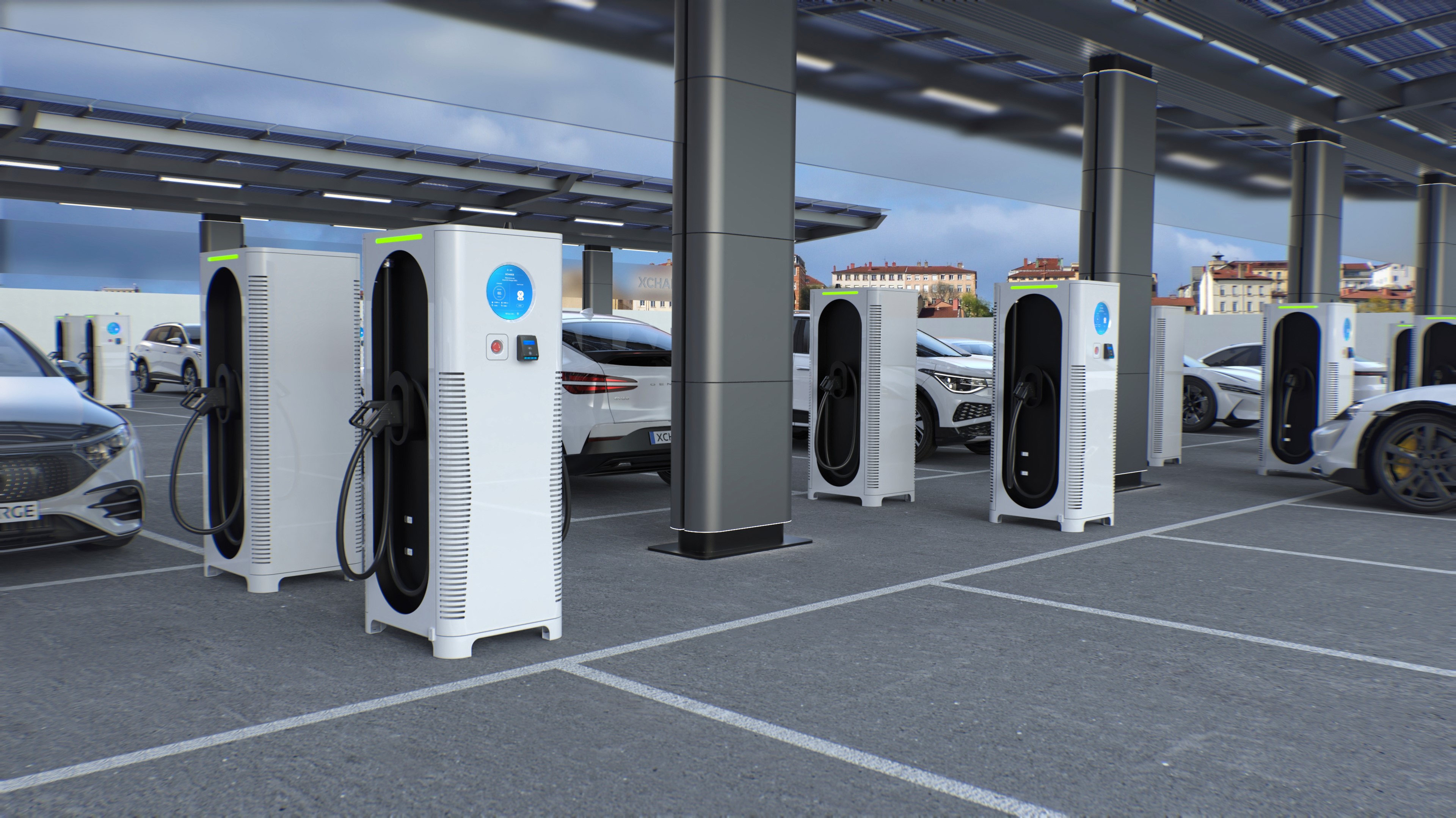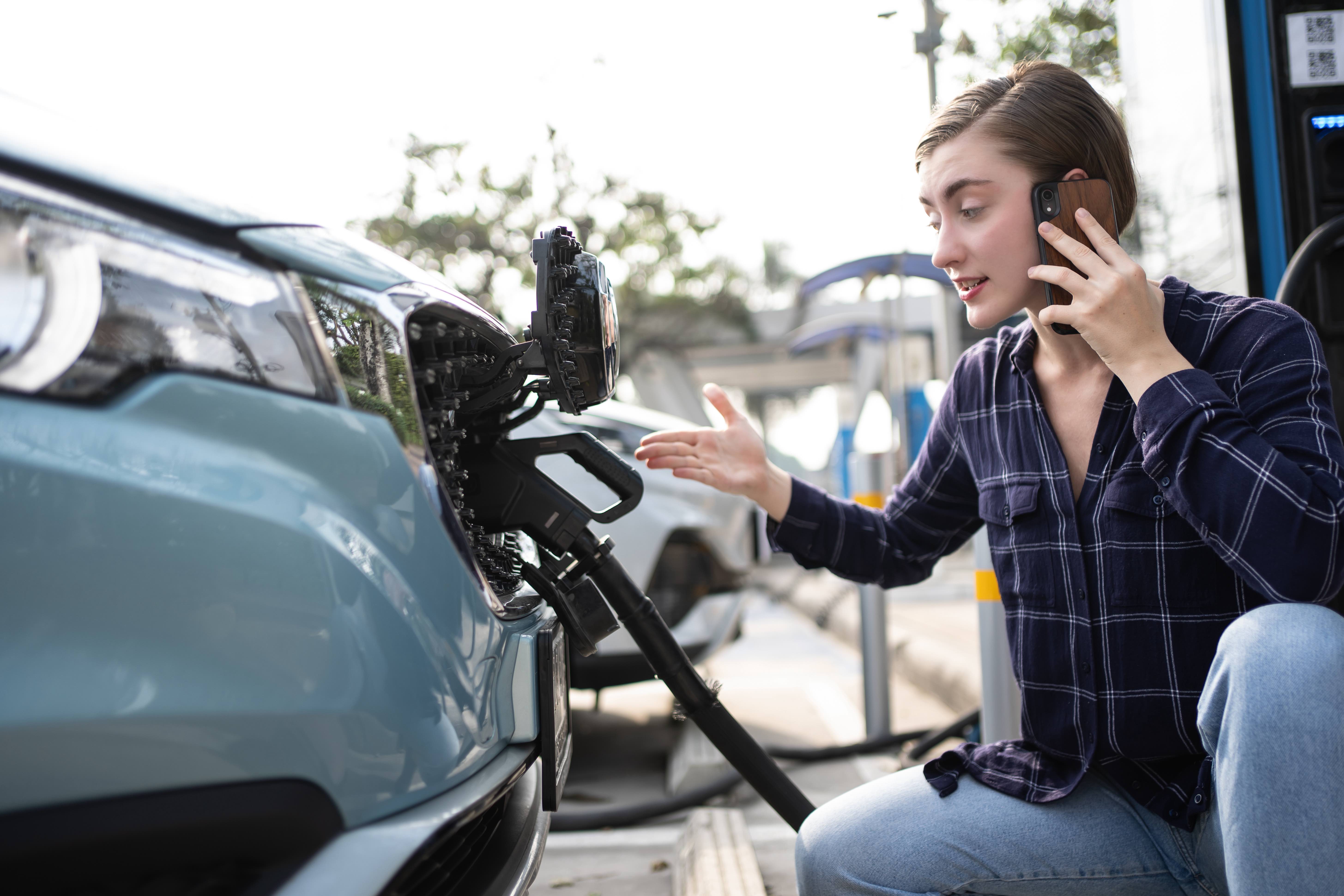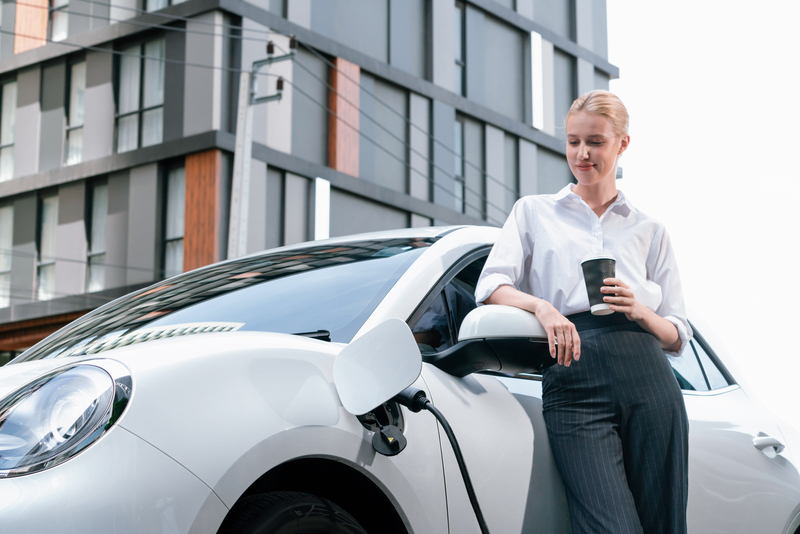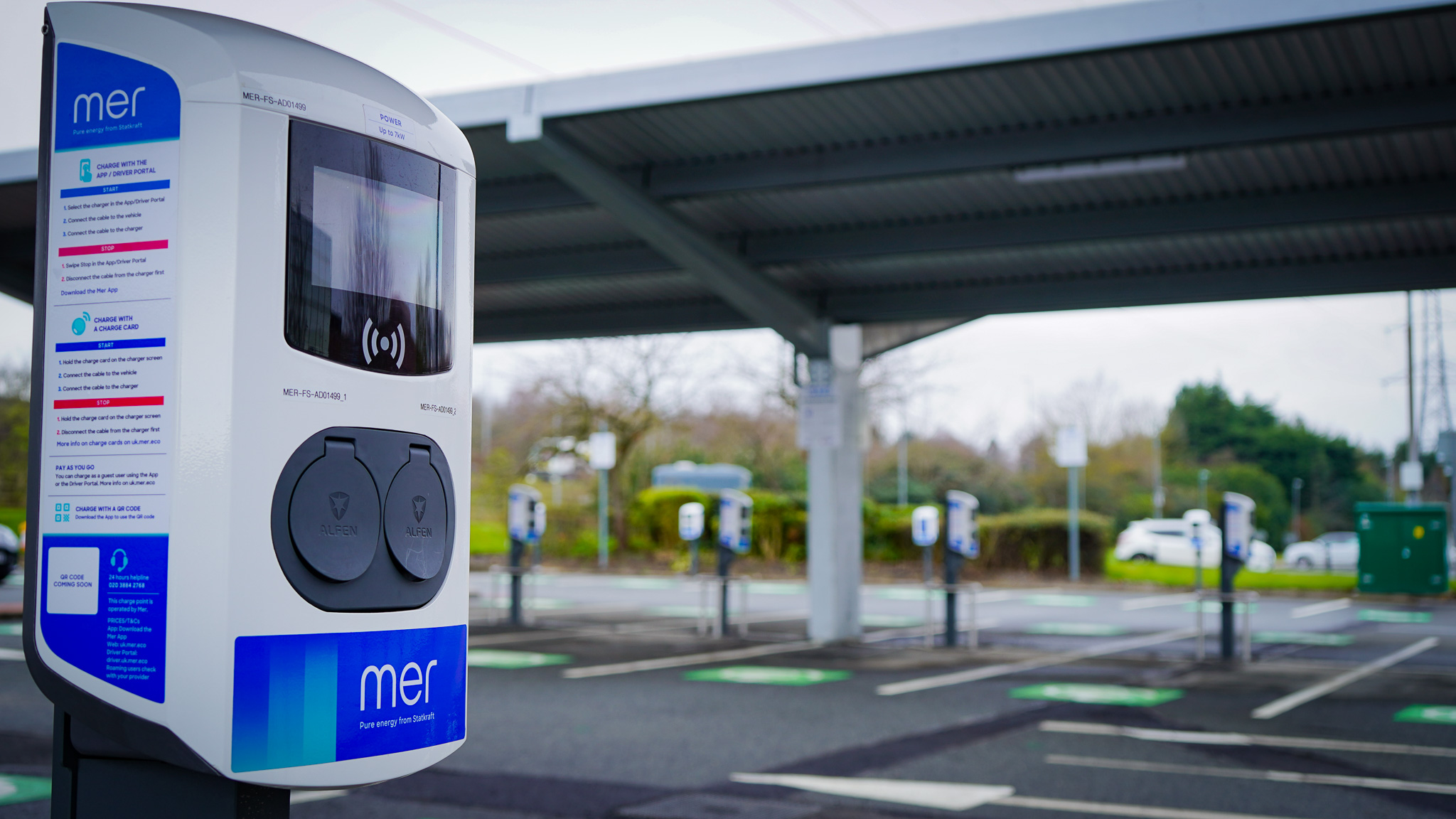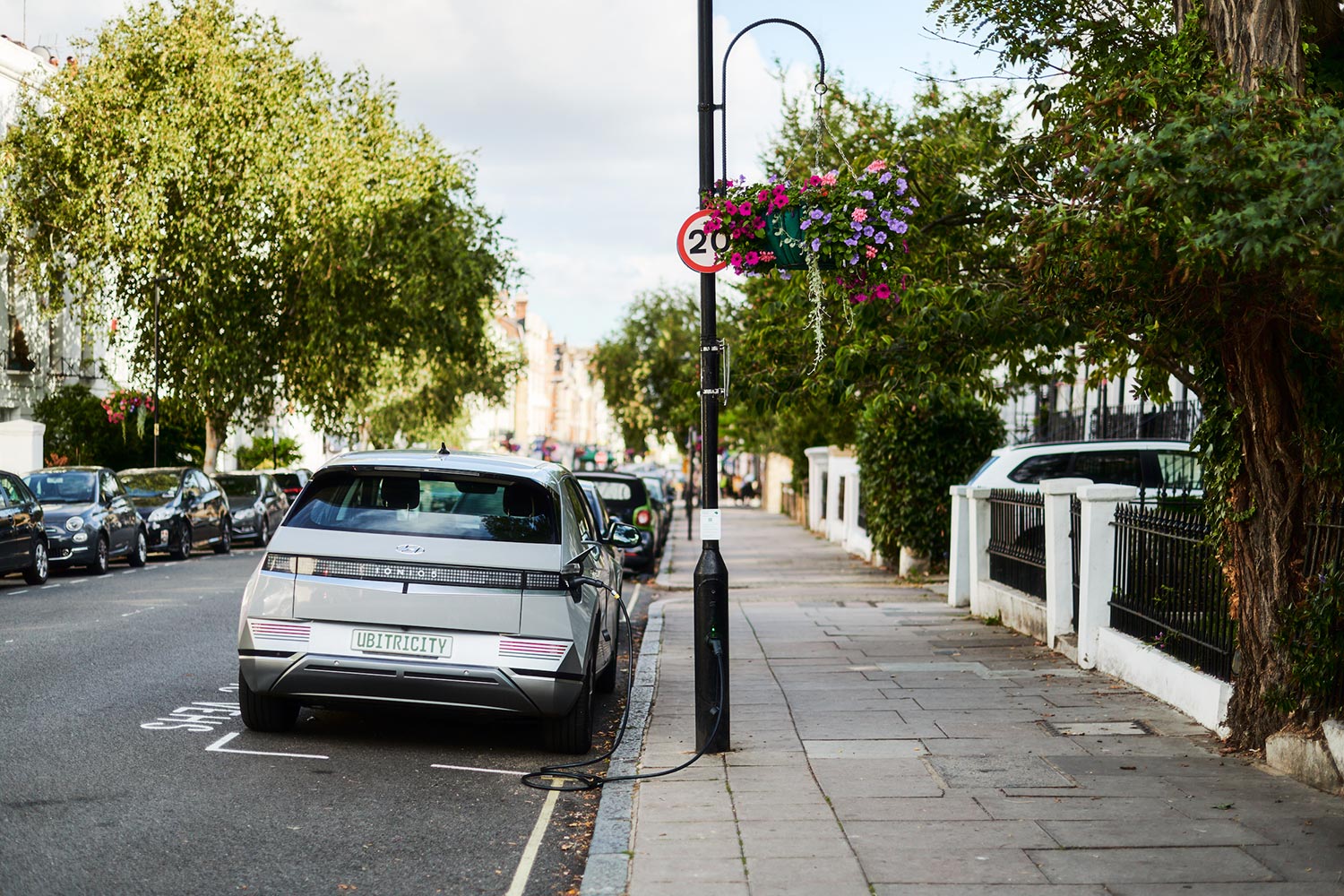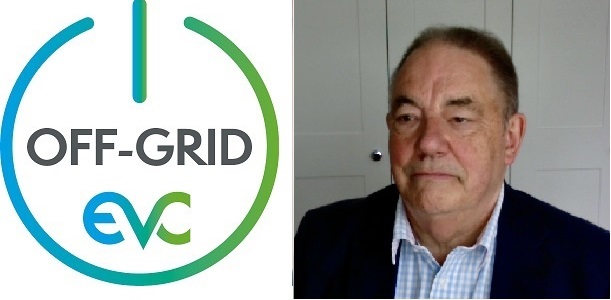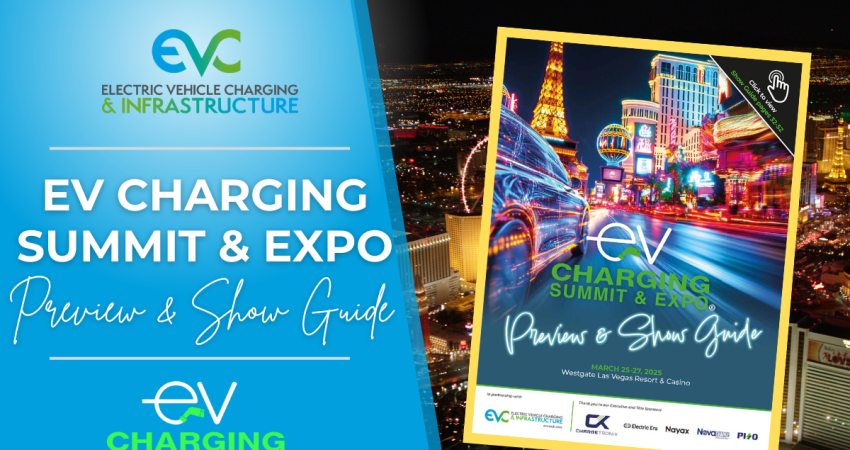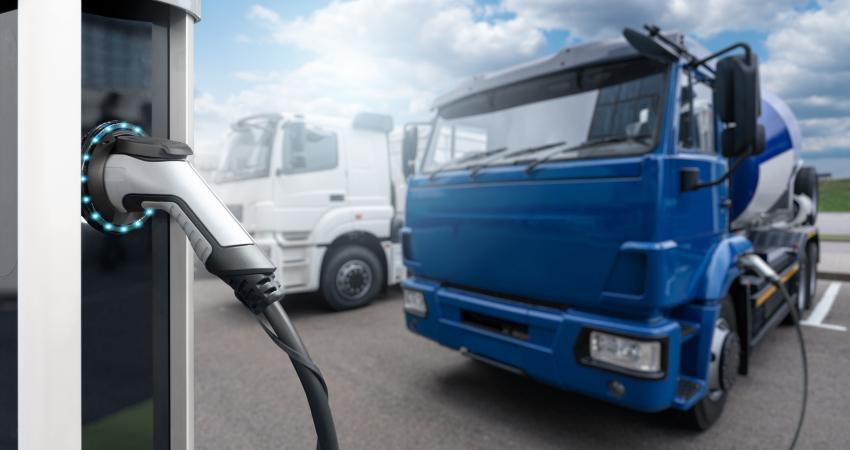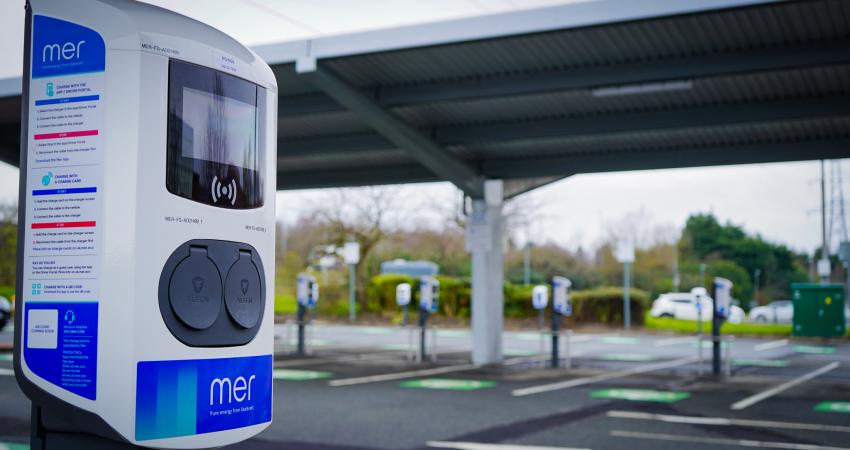
The Gartner Hype Cycle is a well-known framework that tracks the maturity, adoption, and social expectations of new technologies. It is important because it provides a structured way to understand the adoption and maturity of emerging technologies, helping businesses, policymakers, and researchers make informed decisions about innovation investments. The cycle follows a predictable pattern: initial excitement, inflated expectations, inevitable disappointment, gradual understanding, and eventual widespread adoption.
But where do disabled people fit into this cycle? Too often, accessibility lags behind—either as an afterthought or only addressed once products and services have already been rolled out, leaving disabled consumers excluded.
Let’s use electric vehicle (EV) charging infrastructure, an area in which RiDC (Research Institute for Disabled Consumers) has done groundbreaking work, as a case study to illustrate this.
The accessibility journey in the hype cycle
1. Technology Trigger – the exclusion phase
New technology emerges, but accessibility is not even on the radar. In the early days of EV charging infrastructure, the focus was on speed, convenience, and expanding coverage—not on whether disabled drivers could use the charge points at all.
EV charging stations were designed with high screens, awkwardly placed and heavy connectors, and no consideration for wheelchair users or people with dexterity impairments. At this stage, disabled people are largely excluded from the conversation.
2. Peak of Inflated Expectations – the overpromise phase
As adoption grows, companies make bold claims about inclusion. EV manufacturers and charging networks start talking about "access for all" but, in reality, solutions are inconsistent and poorly implemented.
Most charge points remain inaccessible, and the promise of universal design falls short. Accessibility is mentioned in marketing materials but isn't reflected in product design.
3. Trough of Disillusionment – the sidelining phase
Reality sets in. The industry realises that making existing charge points accessible is harder than expected. Investment slows down, and accessibility concerns get deprioritised in favour of scaling up infrastructure.
For disabled drivers, this is the most frustrating phase. The technology is now widespread, but they are locked out because no one accounted for their needs from the start.
4. Slope of Enlightenment – the recognition phase
Momentum builds for genuine, structured change, with standards and regulations taking shape. As accessibility gains traction, companies are increasingly compelled to act—not just as a compliance measure, but as a strategic necessity. When significant gaps emerge that exclude large segments of the disabled population or when new use cases highlight unforeseen barriers, the urgency for inclusive design becomes undeniable. Businesses that fail to adapt risk falling behind, while those that embrace accessibility set new benchmarks for innovation and inclusivity.
In the case of EV charging, this is where PAS 1889:2022 comes in — a new standard developed by BSi to guide the design of accessible EV charging points. It took years of campaigning, research and lobbying by disabled-led organisations to raise awareness of the barriers for disabled people, but now an industry-backed framework ensures that future charge points work for everyone.
5. Plateau of Productivity – the inclusion phase
Accessibility becomes embedded as best practice. The conversation shifts from “Should we make this accessible?” to “How do we make this accessible from the start?”
For EV charging, this means future installations follow PAS 1889 guidelines, ensuring proper spacing, height-adjustable screens, and intuitive controls for disabled users. Accessibility is no longer an afterthought — it’s just how things are done.
The Lesson? Bring accessibility in early
The Accessibility Hype Cycle shows us that disabled people often get left behind in the early stages of innovation, only to be addressed once the mainstream market is already established. This creates unnecessary barriers, slows progress, and leaves millions excluded from essential services.

The solution?
Involve disabled people from the start. Simple, right?
If EV charging networks had considered accessibility during the Technology Trigger phase, we wouldn’t be playing catch-up now. The same applies to every emerging technology — from AI-driven customer service to smart home devices and automated transport.
For businesses and policymakers, the message is clear: design with inclusion in mind from day one, and you’ll avoid the cycle of exclusion, disappointment, and retrofitting.
Get in touch with RiDC (Research Institute for Disabled Consumers) and let’s break the cycle — because accessibility shouldn’t be an afterthought.


